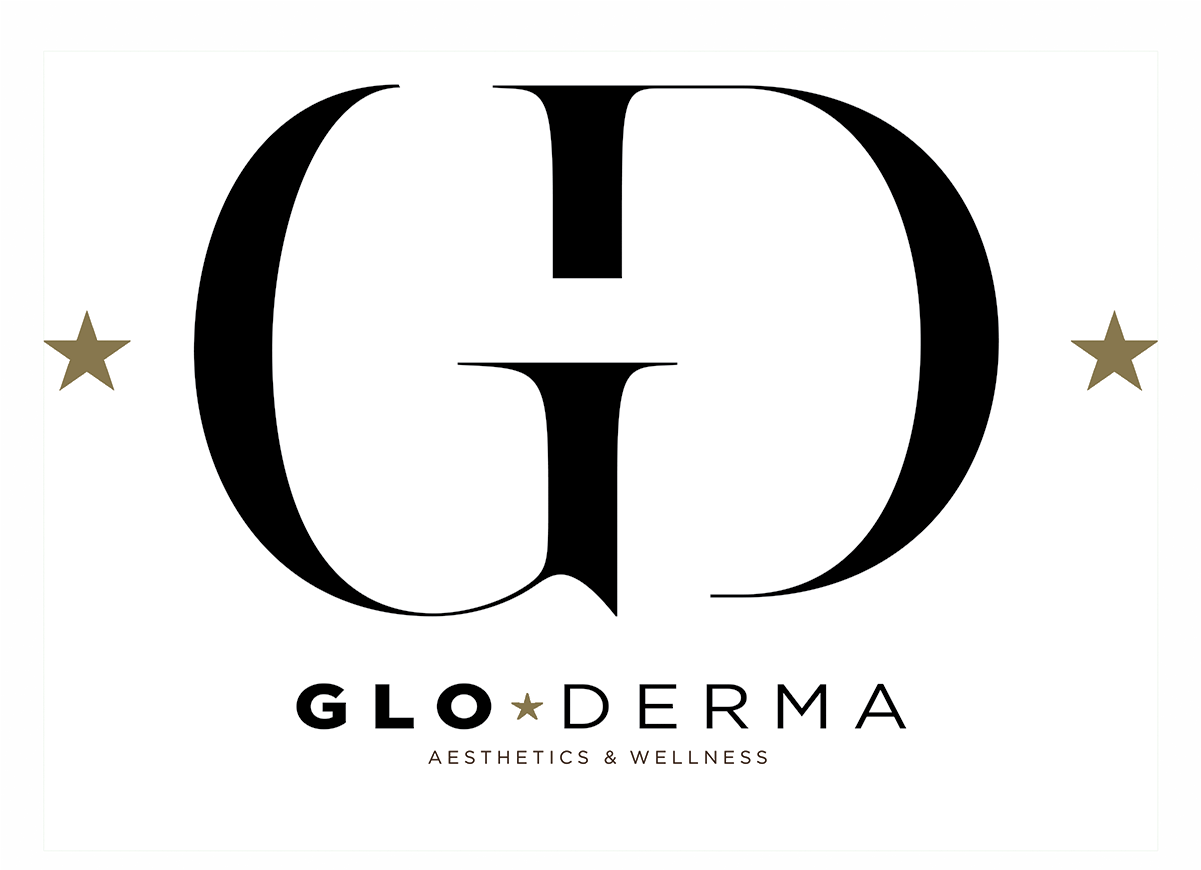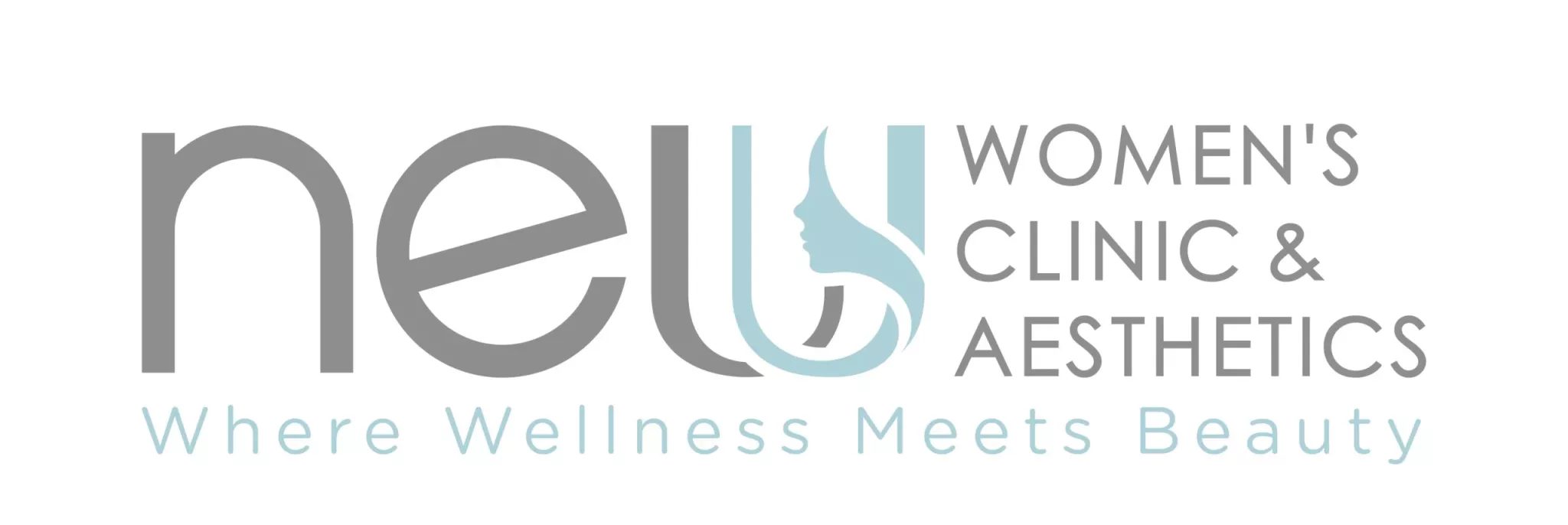
Introduction
There is no doubt that email marketing is still one of the best ways to reach your audience. However, with all the new marketing platforms, it can be hard to figure out how to use email marketing properly. To make your emails stand out and attract more customers, you must understand how to use this tool correctly. In this article, we will go over some of the best practices for writing compelling and engaging emails that will help you get more traffic to your website.
Personalize
Personalization is the secret to getting a great response to your email. When you use the recipient’s name in any way—first name, last name, or both—you’re more likely to get their attention and make them feel like they’re getting something special.
Here are some tips on how to personalize your emails:
- Use their first name in the subject line of your message. It will help them recognize the content of your email when they receive it (even if there are hundreds of other emails sitting unread in their inbox). It can also be an effective strategy for increasing open rates since many people only read emails from people they know or have at least heard of before.
- Use their first name in the body of your message, alongside any other relevant details about them (e.g., job title) that might add context to what you’re sharing regarding a current event or offers available at this time only!
Make it relevant
You could send so many emails, but keeping the content relevant to your audience is important. The more these emails are tailored to your readers, the more likely they will open them and click through. You could create different email campaigns based on who is opening them; for example, if someone opens an email about cats and dogs that also has a link to your website, you could follow up with a specific product recommendation or sale for that user’s inbox.
You can accomplish this by using software like Autopilot, which allows marketers to create automated sequences based on different triggers (like opening an email) or subscriber engagement (like clicking through). These sequences can be updated based on new data points gathered from each campaign’s performance over time. Future emails should continue targeting users interested in similar topics while providing fresh content updates according to what has been successful.
Include a Call-to-Action
A call-to-action is an instruction that tells you what to do next. For example, if you want someone to purchase something from your store, the call-to-action will tell them how they can do so. A well-written call-to-action can differentiate between sending an email that gets opened and one that doesn’t. The goal of every email you send should be to get people interested in whatever it is that they’re selling or promoting by giving them an incentive (a discount or free samples) or asking them a question (such as “Want more information? Click here!”).
There are several different types of calls-to-action:
- Urgent: These emails tell readers about some kind of sale or special offer which expires on a specific date or time limit; they often include limited quantities and urgent language such as “Act now while supplies last!”
- Intriguing: These emails offer something interesting like new products available for purchase right now; they often include compelling images and headlines in order to capture attention quickly before moving on with the rest of the message later on down below within paragraphs after clicking through onto another page where there isn’t anything else but these words being read at once instead only reading about what’s going on here first then maybe later looking back up again if necessary but only once everything has already been said already anyway so why bother keeping checking back up again when there isn’t anything new anymore anyways even though sometimes things actually change sometimes too much time passes between updates due too busyness making sure everyone else understands what needs doing instead just concentrating mainly upon yourself rather than anyone else other than whoever might be currently working at home alongside me during hours where no one else would typically expected be–it’s important not overlook anyone’s feelings either as well as respecting their privacy regardless whether nobody cares about yours.”
Give the Audience Something They Care About
- Give people a reason to open your emails. Don’t make them work for it, or they’ll delete your email without giving you a chance. Instead, give the audience something that makes them want to open their inbox and check out what’s inside!
- Offer something of value. Your audience will be much more likely to engage with the content if they think it’s worth their time (and possibly money).
- Share a story. People are naturally curious about other people’s lives, so share some details about yours that relate back to your business—your upbringing or how you got started in business, for example—and make sure those stories can be applied before to whatever product or service you’re trying out selling them on this time around.
Be Timely
You can increase the reach of your email marketing campaigns by being timely.
- Keep your content fresh. Ensure your email marketing campaigns are relevant and timely to the season, time of day, year, or even week. Your customers will appreciate a helpful reminder about an upcoming sale or promotion.
Email marketing is still one of the best ways to reach your audience.
Email marketing is still one of the best ways to reach your audience if you’re looking to grow your business.
Email marketing allows you to build relationships with your customers by providing relevant content and creating trust through personalization. It also enables you to ask for the sale directly in their inboxes.
Email marketing can help drive sales because it’s easy for subscribers to respond and take action on an offer when they receive an email from a brand they know or trust. With tools like Klaviyo, it’s super easy for marketers like us to set up beautiful landing pages that convert visitors into customers at high rates.
Conclusion
Now that you know the basics of using email marketing to reach your audience, you can start creating emails and sending them out. Remember that this is a process and takes time. Don’t expect immediate results, but keep at it; eventually, they will come!




























